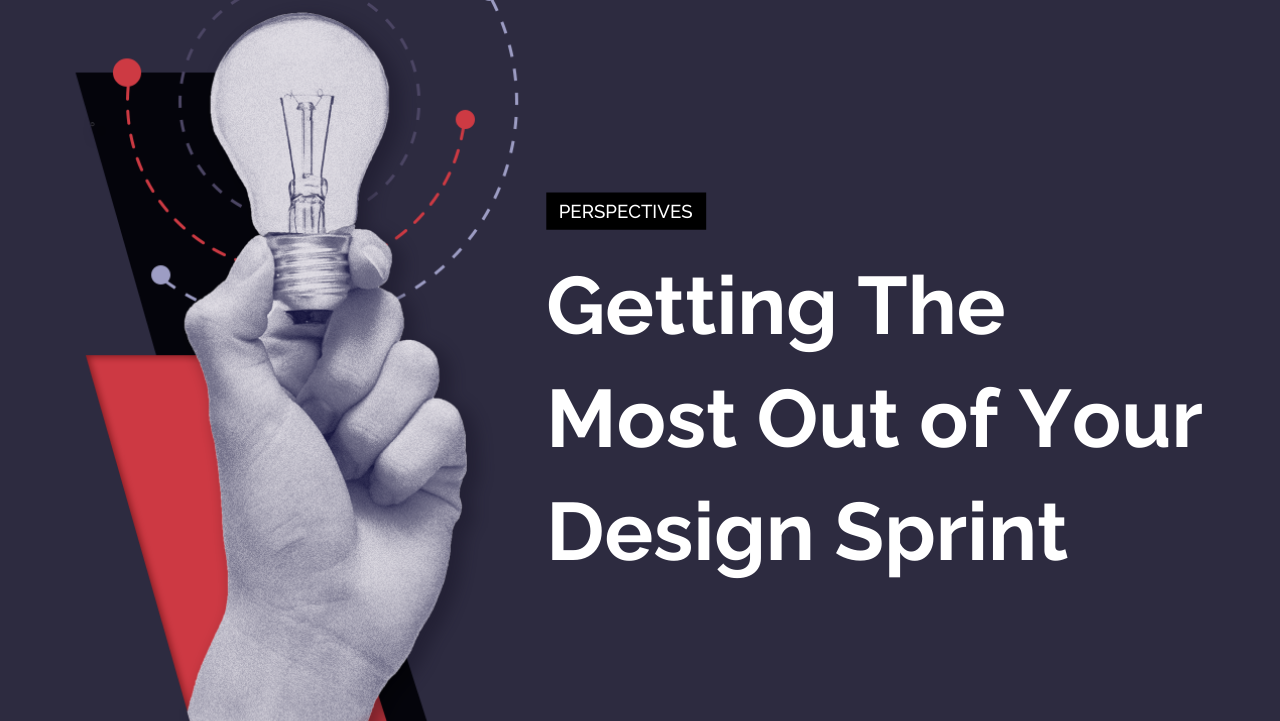A Design Sprint is a focused problem-solving framework for product teams to get answers quickly and effectively. It has become the go-to for timeboxed innovation sessions with an emphasis on collaborative ideation, solution sketching, prototype building, and user testing. The exercises embedded in the five phases are designed to reduce politics, increase collaboration across functions and put the focus on answers (outcomes) and not just assets (outputs).
Who are they good for?
After years of experimentation, the Design Sprint has grown up. It’s no longer the domain of startups and innovation labs. Enterprises and high-growth companies are just as likely to use and benefit from Design Sprints. The intensive and effective format has proven surprisingly versatile to tens of thousands of participants trying to solve a broad range of problems.
The question of whether a Design Sprint is appropriate for your organization, however, isn’t necessarily as important or appropriate as the question: Is a Design Sprint right for my challenge?
But just because a team spends five days on something doesn’t mean it’s valuable time spent. How do you ensure that your team is getting the most out of the Design Sprint framework and approach?
Workshop: Design Sprints at Scale
Our next quarterly workshop will focus on ensuring you can not only run a Design Sprint, but importantly, how to prepare for what comes before and after.
This workshop aims to provide a practical set of guidelines and tips for anyone running a Design Sprint in organizations of any size and stage – from small startups to large corporations. Attendees will receive a Design Sprint toolkit with a practical set of guidelines that include the critical before and after elements to maximize the value of a Design Sprint.
Register for this free workshop on Thursday, March 8th. Hope to see you there!
Hungry for more product design tips?
Download two free chapters of Design Sprint: A Practical Guidebook for Building Great Digital Products.
